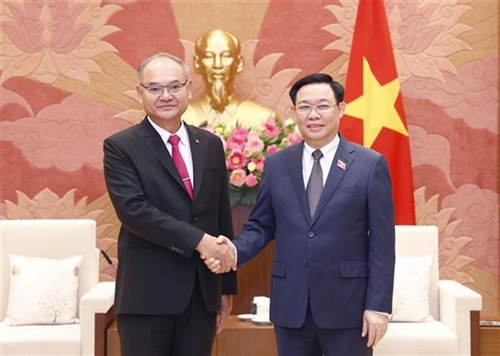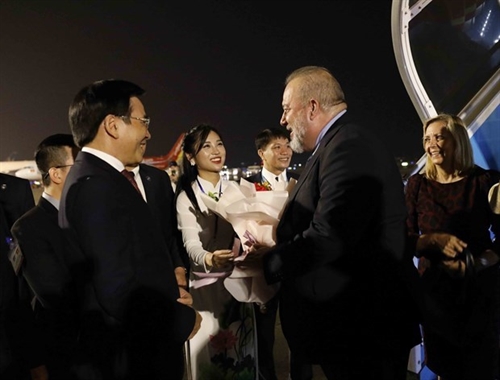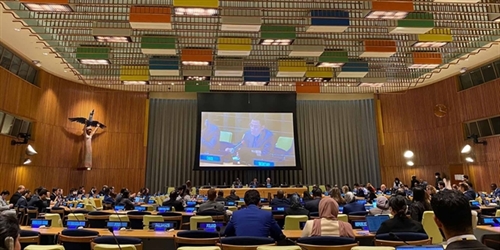Thanks to the development of a network of industrial parks and clusters as well as efforts to accompany investors, Hanoi has remained one of the bright spots of the country in foreign direct investment (FDI) attraction.
According to the municipal Department of Planning and Investment, so far this year, the city has attracted about USD 992.4 million in FDI, up 15 percent year on year, including USD 141.3 million invested in new projects.
The result helps the capital city remain among the top localities in FDI attraction.
Nguyen Ngoc Tu, Vice Director of the department, said that the FDI projects are mostly in the fields of import-export, goods distribution, construction, information technology, telecommunications, processing and manufacturing.
The majority of investment in the city is from Japan, the Republic of Korea and Singapore, while that from Europe and the US accounts for only 10 percent of total FDI capital, he said.
FDI projects have played an important role in promoting the city’s economic development, serving as a driving force for its exports and technology renovation, the official added.
Particularly, the FDI sector has helped expand the export market and supported domestic firms to join the global supply chain through the supply of materials and business cooperation, Tu held, adding that FDI firms have also motivated domestic firms to renovate their technologies through the pressure from competition and requirements in adapting to the globalisation.
However, he also pointed to a number of shortcomings in the city’s FDI quality and efficiency. FDI has still concentrated in a number of labour intensive sectors using low technology, while the scale of the majority of FDI projects is small. The efficiency of the projects has yet to match their capacity and advantages while FDI firms’ connections with other economic sector remains poor.
Tu said that in the future, the city will pay greater attention to holding dialogues with investors to remove difficulties and obstacles facing them, and prioritising projects with large investment.
According to experts, one of the reasons that make Hanoi attractive to investors is the development of its infrastructure system.
In the 2021-2025 period, the city plans to establish 2-5 new industrial parks, aiming to meet the demand of investment attraction and industrial production development.
By 2030, the city expects to have 159 industrial clusters with a total area of over 3,204 hectares. Along with the operating clusters, the city is speeding up the construction of new ones to meet investors’ demands.
A representative from the city Department of Industry and Trade said that currently, Hanoi has 70 operating industrial clusters covering 1,686 hectares, attracting nearly 3,900 firms and more than 60,000 labourers.
Nguyen Manh Quyen, Vice Chairman of the city People’s Committee, said that in the time to come, Hanoi will continue to apply administrative reform measures to speed up the construction of the technical infrastructure system for industrial parks and clusters, thus meeting the demand for production space for both domestic and foreign investors.
At the same time, the city aims to raise the number and quality of FDI projects by accompanying and supporting businesses and investors, and improving the business and investment environment and competitiveness, he said.
Quyen said that the municipal People’s Committee has directed departments and sectors to enhance the quality and efficiency of FDI, strengthened investment promotion activities and actively approached big businesses to lure projects that are suitable to the development level of the city.
Hanoi will also coordinate with the Ministry of Planning and Investment and the Prime Minister’s Task Force to ensure the coherence and efficiency of support to investors and investment attraction activities, and optimise advantages from free trade agreements, he said.- (VNA/VLLF)









